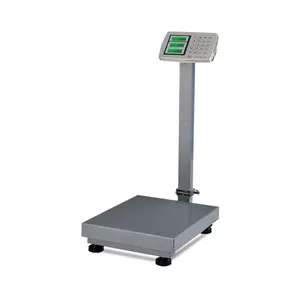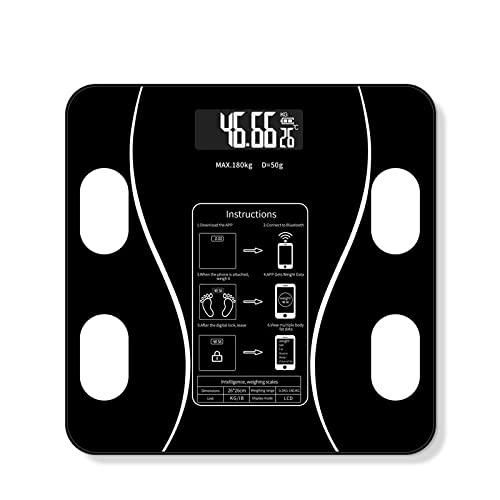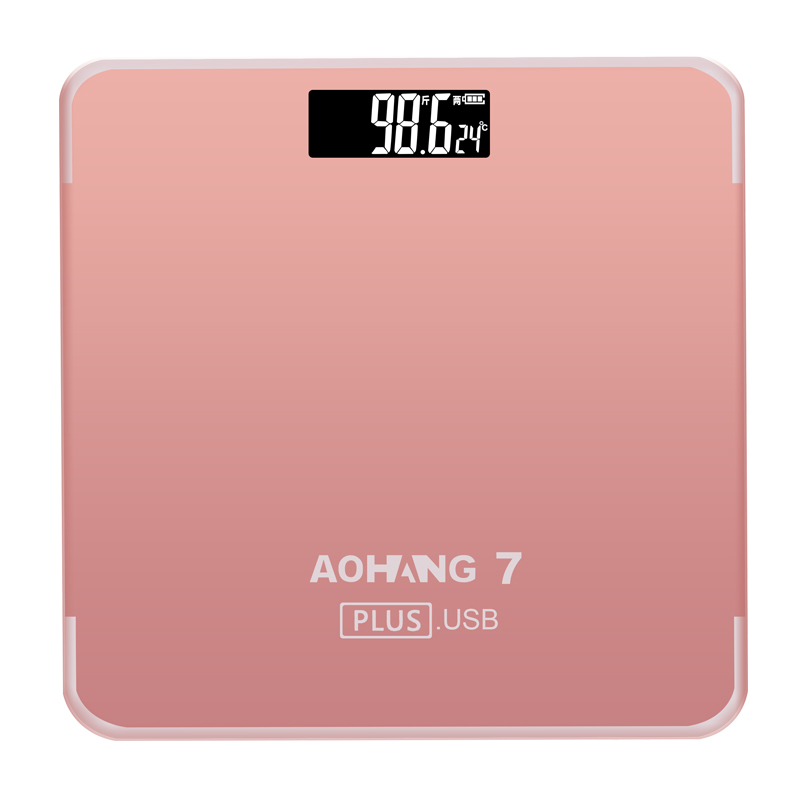Platform Weighing scales parts. Platform weighing scales are robust and versatile instruments used across
various industries for accurate and efficient weight measurement of large and heavy objects.
Understanding the components of platform weighing scales is crucial for maintenance, troubleshooting,
and ensuring reliable performance.
In this meta description, we delve into the essential parts of platform weighing scales, highlighting their
functions and importance in achieving precision weighing results.
Components of Platform Weighing Scales
- Platform Surface:
- The platform surface is the flat, sturdy surface where objects are placed for weighing.
- It is typically made of durable materials such as stainless steel or reinforced aluminum to withstand heavy loads and ensure stability during weighing operations.
- Load Cells:
- Load cells are the primary sensors responsible for converting applied force or weight into electrical signals.
- They are strategically positioned beneath the platform surface and accurately measure the force exerted by the load, providing precise weight readings.
- Weighing Indicator:
- The weighing indicator is the interface through which users interact with the scale and view weight measurements.
- It typically consists of a digital display screen, control buttons, and indicator lights for displaying weight readings, selecting weighing units, and accessing scale functions.
- Cables and Connectors:
- Cables and connectors are essential for transmitting electrical signals between the load cells, weighing indicator, and power source.
- They ensure proper communication and power supply throughout the weighing system, minimizing signal interference and maintaining accuracy.
- Frame and Structure:
- The frame and structure provide support and stability to the platform and load cells, preventing deflection or distortion during weighing.
- They are constructed from robust materials such as steel or aluminum and designed to withstand heavy loads and dynamic forces.
- Feet and Leveling Mechanism:
- Feet and leveling mechanisms are used to stabilize the weighing scale and ensure accurate weight measurements on uneven surfaces.
- Adjustable feet allow users to level the scale by compensating for irregularities in the floor or platform, enhancing weighing accuracy.
- Protection Features:
- Platform weighing scales may include protection features such as overload protection, waterproofing, and dustproofing.
- These features safeguard the scale components from damage caused by excessive loads, environmental factors, and harsh operating conditions, ensuring long-term reliability.
Importance of Platform Weighing Scale Parts
- Precision Weighing:
- Each component of platform weighing scales plays a crucial role in achieving precision weighing results.
- From load cells to the weighing indicator, every part must function effectively to ensure accurate weight measurements, critical for quality control, inventory management, and compliance with regulations.
- Durability and Reliability:
- High-quality components and robust construction contribute to the durability and reliability of platform weighing scales.
- Well-designed parts withstand heavy usage, environmental challenges, and mechanical stress, ensuring consistent performance and minimizing downtime.
- User-Friendly Operation:
- User-friendly components such as the weighing indicator and control buttons enhance the ease of operation and user experience.
- Clear displays, intuitive interfaces, and responsive controls simplify weighing tasks, reducing the likelihood of errors and increasing productivity.
- Maintenance and Serviceability:
- Understanding the various parts of platform weighing scales facilitates maintenance, troubleshooting, and repair activities.
- Identifying faulty components or worn-out parts allows for timely replacement or servicing, extending the lifespan of the scale and minimizing disruptions to operations.
Conclusion
In conclusion, platform weighing scales consist of several essential components that work together to
ensure accurate, reliable, and efficient weight measurement of heavy objects.
From load cells and weighing indicators to frames and protection features, each part plays a critical role in
achieving precision weighing results and maintaining scale performance.
By understanding the functions and importance of these components, users can make informed decisions
regarding scale selection, maintenance practices, and troubleshooting procedures, ultimately enhancing
productivity and ensuring the success of weighing operations across various industries.
We are located at University Plaza Room A18 Bombo Rd, Wandegeya – Kampala
For more details please contact us on ; +256 (0) 700225423
+256 (0) 787089315
Or email us at:[email protected]








